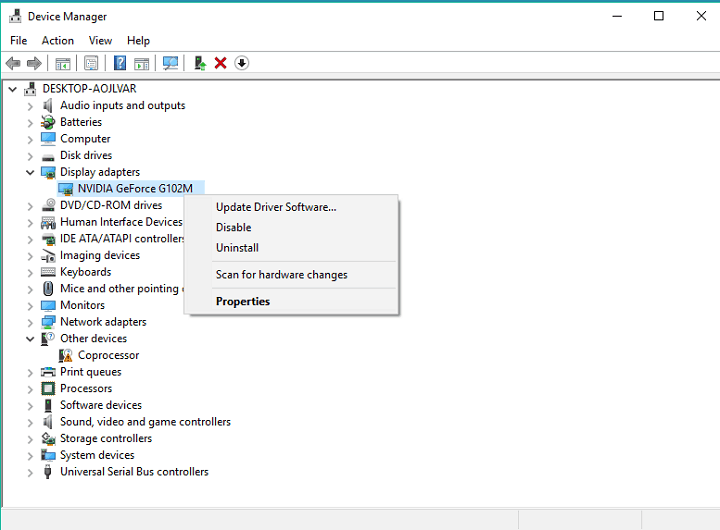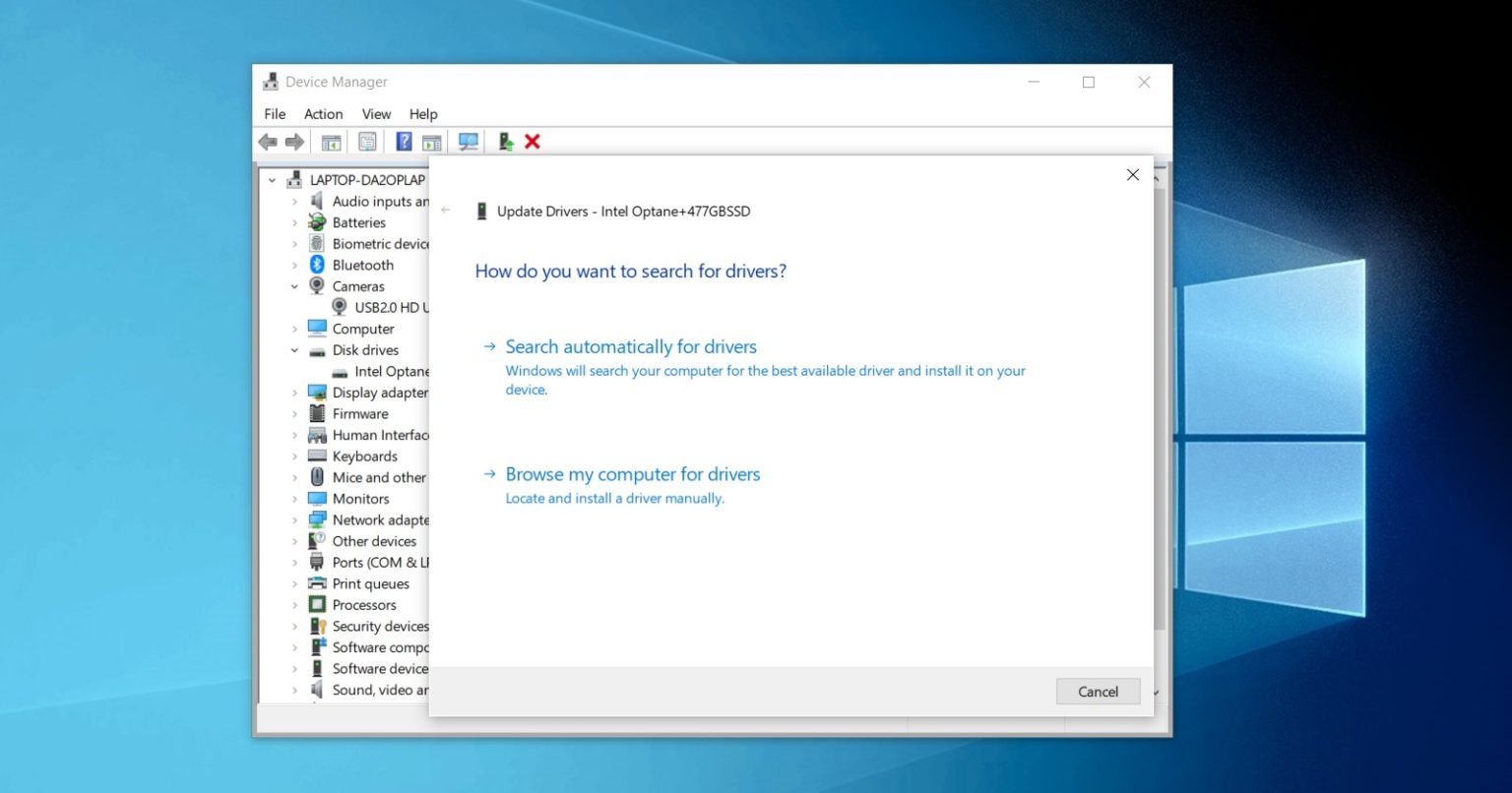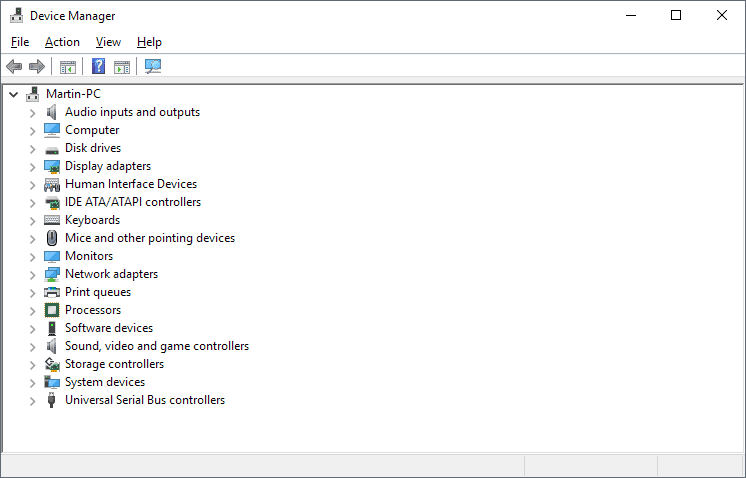

These codes- known as hardware error codes- plus their explanations are found as a list.GitHub Copilot has become a trusted AI-assisted pair programmer helping to auto-complete comments and code more productively. When a device has a system resource conflict, driver problem, or any other hardware issue, error codes are given. In the older versions of Windows (XP and prior ones), it's a red x that indicates this. Whenever Windows detects a problem with a device, it will be marked with a yellow exclamation mark.Ī black arrow appears by the device name in the device list whenever a device is disabled, by the user or because of a serious issue. So, it's always advisable to have an idea as to what to look for. By just checking the list of devices, it can be found out if all devices are in complete working order.ĭevice Manager also helps troubleshoot devices when they don't work properly. There are many things that need to be understood about Device Manager, whenever there is an error or some drastic change as regards a hardware device attached to a system, it gets reflected in it. Use the Power User Menu: Right-click on the Windows icon in the bottom left corner of your screen and select "Device Manager" from the Power User Menu.Then, type "devmgmt.msc" in the box and press Enter. Use the Run dialog box: Press the Windows key + R on your keyboard to open the Run dialog box.Finally, click on the "Device Manager" option on the left-hand side of the screen. Then, click on the "System and Security" category, followed by the "System" link.


Use the Control Panel: Go to the Start menu and click on the "Control Panel" option.Use the Windows search bar: Click on the Windows icon in the bottom left corner of your screen, then type "device manager" in the search bar and click on the "Device Manager" option that appears.


 0 kommentar(er)
0 kommentar(er)
